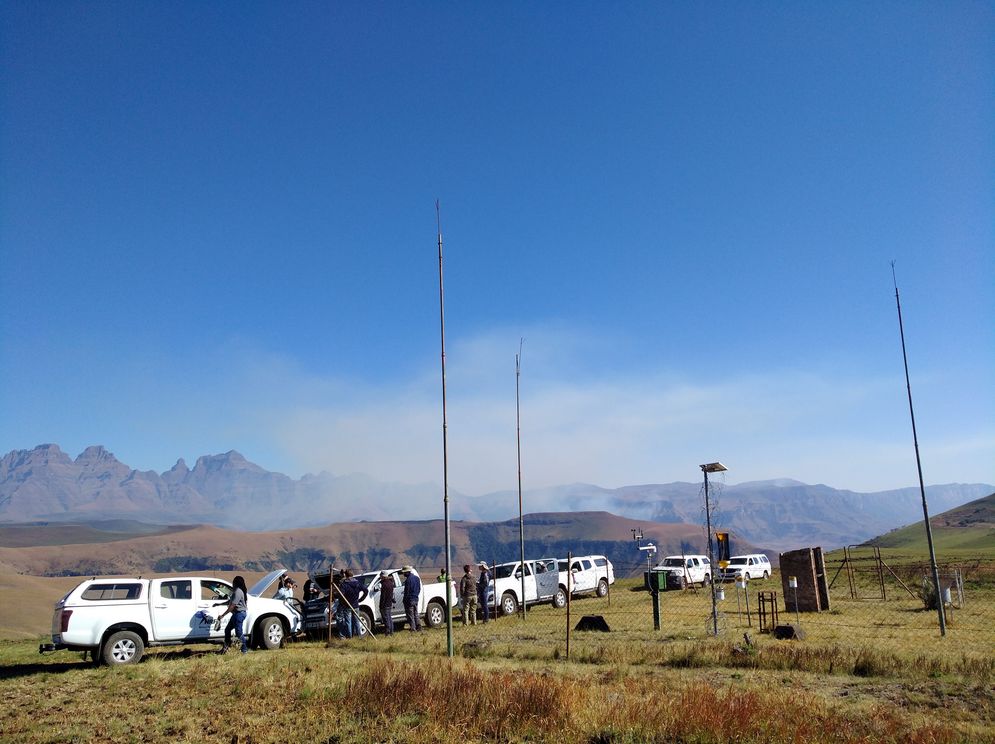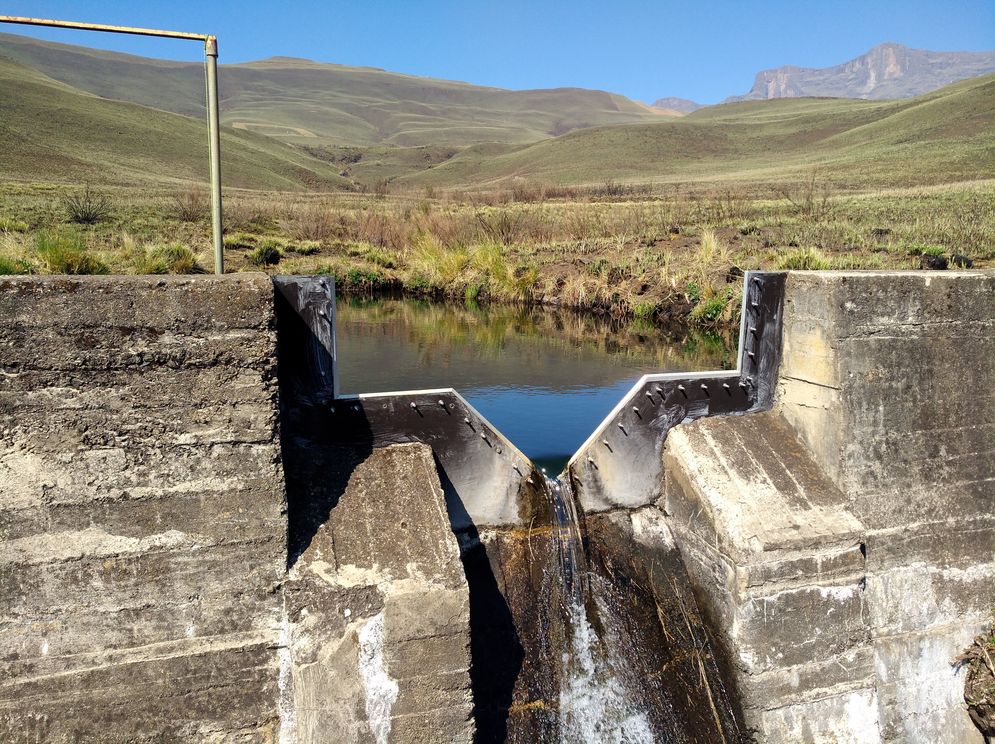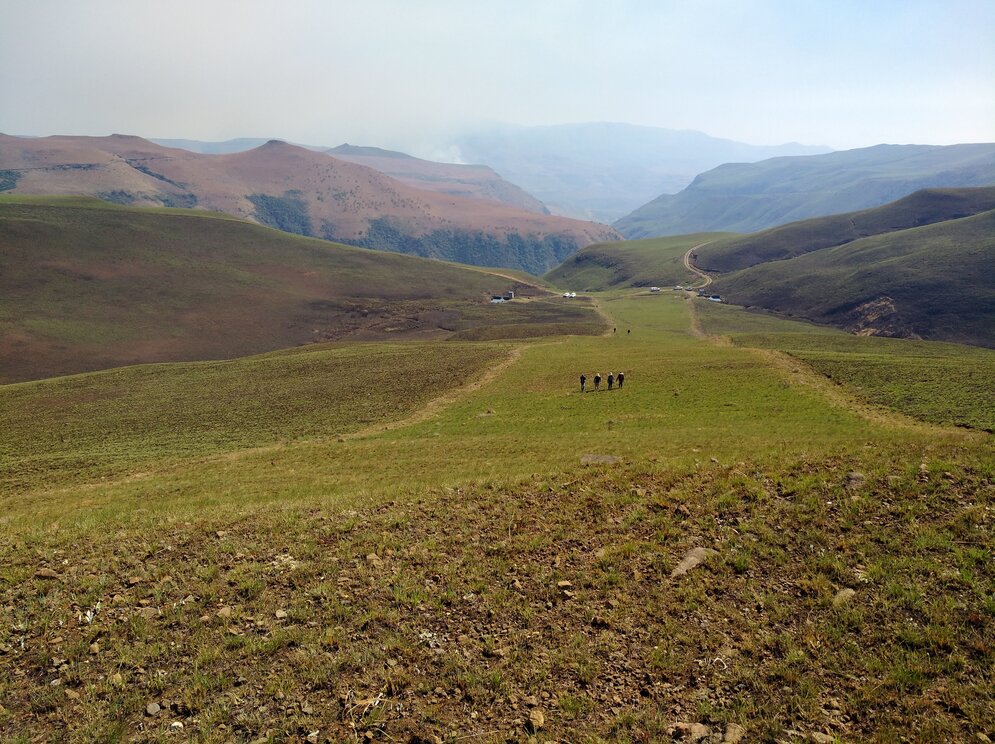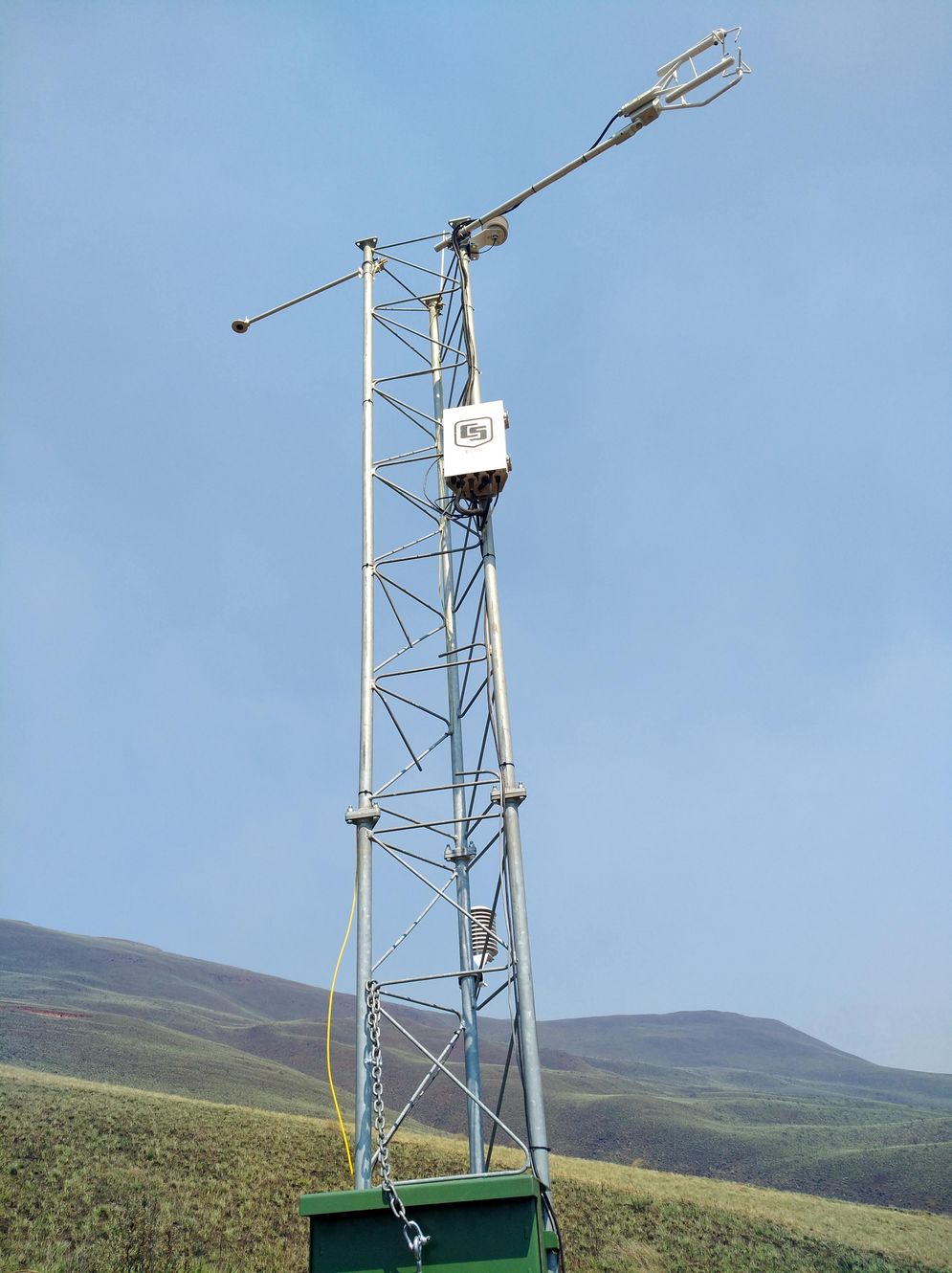SEACRIFOG contributes to SAEON/EFTEON Workshop on Carbon Research in South Africa
From 10 - 14 September 2018, the SEACRIFOG implementing partner ‘South African Environmental Observation Network’ (SAEON; http://www.saeon.ac.za/), together with the Department of Science and Technology of the Republic of South Africa, hosted a workshop to deliberate on the advancement of carbon research and infrastructure in South Africa. Beside SAEON researchers, the workshop was attended by our project partners Johannes Beck (SASSCAL), Ana López Ballesteros (TCD) and Bob Scholes (Witwatersrand University). The workshop took place at Cathedral Peak, a SAEON’s long-term ecological research site in the highlands of the Drakensberg Mountains in KwaZulu Natal, South Africa.
The workshop attendants represented the core of the South African environmental research community, who convened to discuss the current state and future of carbon research infrastructure in line with the design of the upcoming Expanded Freshwater and Terrestrial Environmental Observation Network (EFTEON) in South Africa. The initial part of the workshop focused on obtaining an overview of the South African observational capacity for carbon research. Both Ms. López Ballesteros and Mr. Beck gave a presentation of their work in line with the SEACRIFOG project (PDF). In the course of the workshop, the main key scientific questions that need to be answered were pointed out, for both the short- and long-terms, as well as the main challenges and enablers for the EFTEON RI development. In addition, the workshop included a field visit to SAEON’s environmental observation sites at Cathedral Peak. The unique grasslands in the Drakensberg mountain range bordering Lesotho play a crucial role for South Africa’s freshwater supply and SAEON’s work at this site is an excellent example of how long-term scientific research is key for understanding, conserving and sustainably managing an entire landscape.
This workshop constituted a very fruitful and enriching interaction between SEACRIFOG project and one of our country partners towards the joined effort of enhancing the African infrastructural capacity for environmental monitoring. It provided important insights to the research activities in the African nation with the best established observation infrastructure to date. Corresponding lessons and protocols can be applied when establishing research infrastructures in other African countries in order to achieve a higher degree of harmonization of environmental observation across countries.



